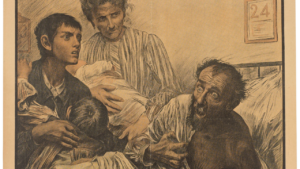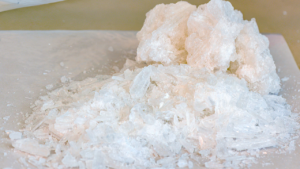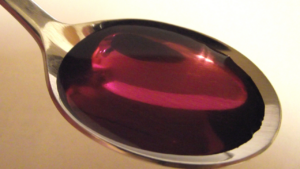When many people hear talk of absinthe, their mind immediately drifts to hallucinations and psychedelic episodes. While absinthe has a reputation of being a trippy concoction, just how much of this is true?
Do you need alcohol addiction treatment? Call us today at 850.374.5331 for more information.
What is Absinthe?
Absinthe is a strong alcoholic beverage made from anise, fennel, wormwood, and other botanicals that tastes like licorice. It traditionally comes in a yellow-green color which is part of the reason for its nickname of “the green fairy.” The other part of the nickname comes from absinthe’s association with vivid hallucinations.
Absinthe is a strong, distilled alcoholic beverage that originated in Switzerland. It is made from the leaves and flowers of the absinth plant, as well as other botanicals. Traditional absinthe is green or clear in color and has a high alcohol content, typically around 70–80%. The drink is often served with water, which dilutes the alcohol and turns the green liquor into a milky white color.
Absinthe was very popular in Europe in the late 1800s and early 1900s, particularly in France. It was associated with artists and writers such as Vincent van Gogh and Oscar Wilde. This drink became controversial because of its high alcohol content and its supposed hallucinogenic properties.
In 1915, absinthe was banned in the United States and several other countries. In the 21st century, absinthe has made a comeback and is once again available in many countries. However, it is still banned in some countries.
Absinthe Hallucinations
When the drink was first distributed, tales of hallucinations, delusions, convulsions, and psychosis were common. These absinthe aftereffects were believed to be attributed to thujone, a toxic chemical in wormwood, but the validity of these claims is up for debate.
While the toxicity of thujone can lead to epileptic seizures, some people suggest that claims of hallucinations from absinthe derived from questionable production of the drink as well as its association with heavy drinkers. Because of its high alcohol concentration, absinthe is a popular drink among alcoholics.
While rare, chronic drinkers who neglect to get alcoholism treatment may experience hallucinations before or after drinking, but this is not unique to absinthe. It wasn’t until more recent years that absinthe made a comeback after thujone was mostly removed from the recipe. While some believe that absinthe side effects still lead to hallucinations, these effects are typically not common.
The Effects of Absinthe Consumption
Instead of hallucinations about woodland creatures or concerning convulsions, the absinthe effects on the body are similar to those from drinking virtually any type of alcohol. Because the absinthe alcohol content tends to be high, the effects of absinthe may also be stronger and more immediate than other alcoholic drinks. Common absinthe effects include:
- Loss of inhibitions
- Slurred speech
- Blurry vision
- Poor coordination or delayed reaction time
- Overconfidence
- Elevated awareness
Like with any alcoholic beverage, heavy and consistent drinking can lead to harmful long-term effects as well. Over time, the effects of absinthe may extend to serious liver damage, digestive problems, cardiovascular issues, and cancer.
Regular and heavy drinkers should seek out help sooner rather than later to avoid these health problems as well as a professional medical detox program to safely wean their body off of alcohol.
An Alcohol Addiction Treatment Center in Ohio is the Answer
At The Bluffs, we are here to help. Our inpatient drug rehab in Ohio helps people get away from triggers and stressors of everyday life so they can focus on overcoming their drinking and find lasting sobriety. Contact us today so that you can start on your journey to recovery or to help someone you love.







